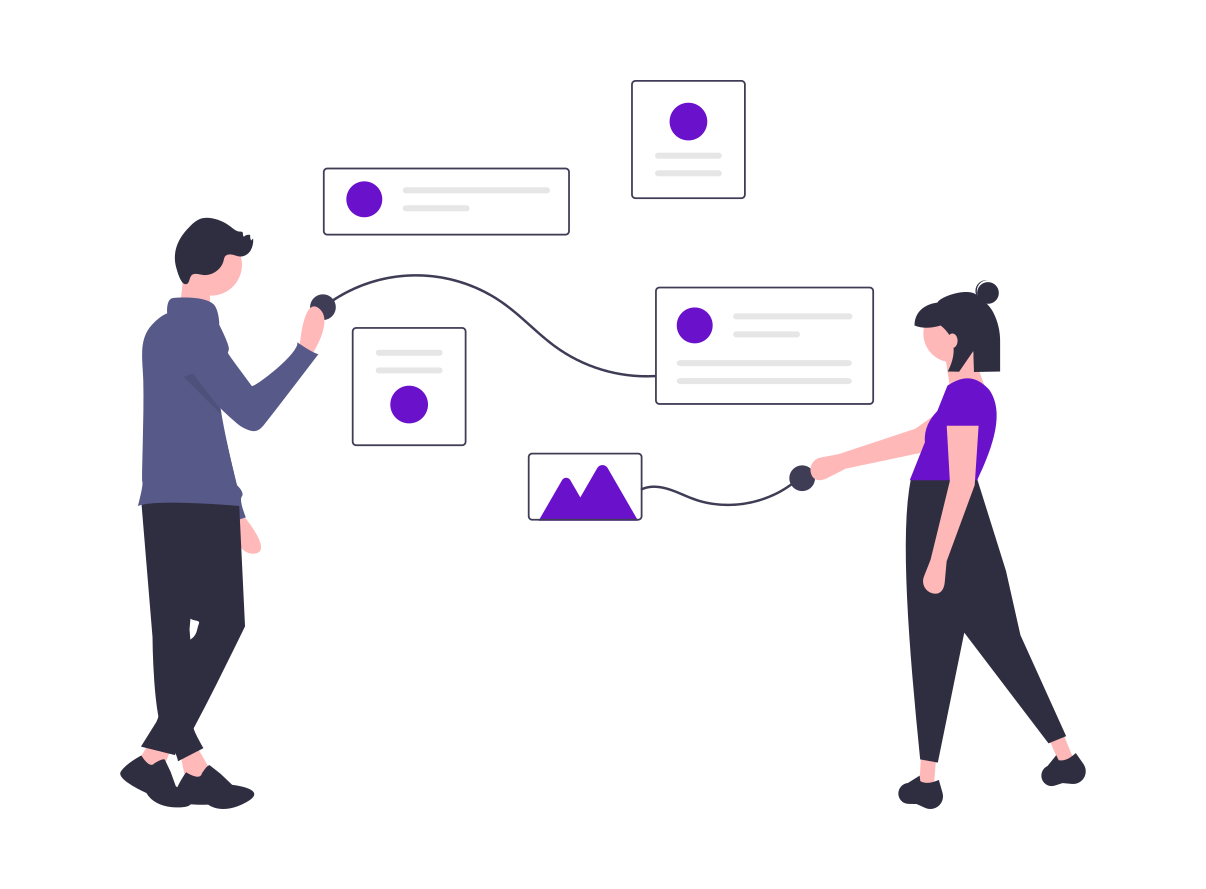In the rapidly evolving world of B2B marketing, traditional segmentation methods are no longer sufficient to stay ahead of the competition. As technology becomes increasingly integrated into business operations, understanding the technology stack and preferences of potential clients has become paramount. Enter technographic segmentation—a powerful tool that goes beyond firmographics and demographics to provide deeper insights into a company’s technological landscape.
What is Technographic Segmentation?
Technographic segmentation involves categorizing businesses based on their technology usage, preferences, and adoption rates. This approach allows marketers to tailor their strategies more precisely, ensuring that their products and services meet the specific technological needs and behaviors of their target audience.
Why Technographics Matter
-
Relevance and Personalization
- By understanding the technologies a company uses, marketers can craft highly relevant messages that resonate with the specific needs and challenges of their prospects. Personalization becomes more impactful when it addresses the actual tools and platforms a company relies on.
-
Competitive Advantage
- Companies that leverage technographic data can gain a competitive edge by identifying gaps and opportunities within their target market. This insight allows for more strategic decision-making and positioning.
-
Enhanced Sales Strategies
- Sales teams benefit from technographic segmentation by having a clearer picture of a prospect’s technology environment. This knowledge enables more meaningful conversations and solutions that directly address the prospect’s pain points.
Components of Technographic Data
Technographic data can be divided into several key components, each offering valuable insights for marketers:
-
Technology Stack
- Understanding the specific software, hardware, and tools a company uses provides a comprehensive view of their technological environment. This includes CRM systems, marketing automation platforms, cloud services, and more.
-
Adoption Rate
- Insights into how quickly a company adopts new technologies can indicate their openness to innovation and potential for future upgrades or investments in technology.
-
Usage Patterns
- Analyzing how a company uses its technology—such as frequency, duration, and scope of use—can reveal their reliance on certain tools and their potential needs for complementary solutions.
-
Integration and Compatibility
- Knowing how well a company’s technologies integrate with each other can help marketers propose solutions that enhance or streamline their existing systems.
Gathering Technographic Data
Technographic data can be obtained through various methods:
-
Surveys and Questionnaires
- Directly asking companies about their technology usage can provide accurate and detailed information. However, response rates and honesty can vary.
-
Third-Party Data Providers
- Many companies specialize in collecting and selling technographic data. These providers can offer comprehensive datasets that cover a wide range of industries and technologies.
-
Web Scraping and Analytics
- Analyzing publicly available information on company websites, job postings, and press releases can reveal valuable insights into their technology stack.
-
Customer Interactions
- Existing customers can be a valuable source of technographic data. Engaging with them through support interactions, feedback, and user communities can provide ongoing insights.
Applying Technographic Segmentation
Once gathered, technographic data can be applied in various ways to enhance marketing and sales efforts:
-
Targeted Content Creation
- Develop content that speaks directly to the technologies used by your target audience. This could include blog posts, whitepapers, and case studies that highlight solutions compatible with their existing systems.
-
Personalized Campaigns
- Use technographic data to segment your email lists and create personalized campaigns that address specific technological needs and preferences.
-
Product Development
- Insights from technographic data can inform product development, ensuring that new features and integrations align with the technologies your target market uses.
-
Sales Enablement
- Equip your sales team with technographic insights to tailor their pitches and demonstrations, showing how your product integrates seamlessly with the prospect’s existing technology.
Conclusion: Embracing Technographic Segmentation
Technographic segmentation is not just a buzzword; it’s a strategic approach that can revolutionize how B2B marketers and sales teams engage with their target audience. By understanding the technology landscape of potential clients, businesses can create more relevant, personalized, and effective marketing strategies. In an age where technology drives business growth, leveraging technographic data is essential for staying ahead and achieving sustained success.


